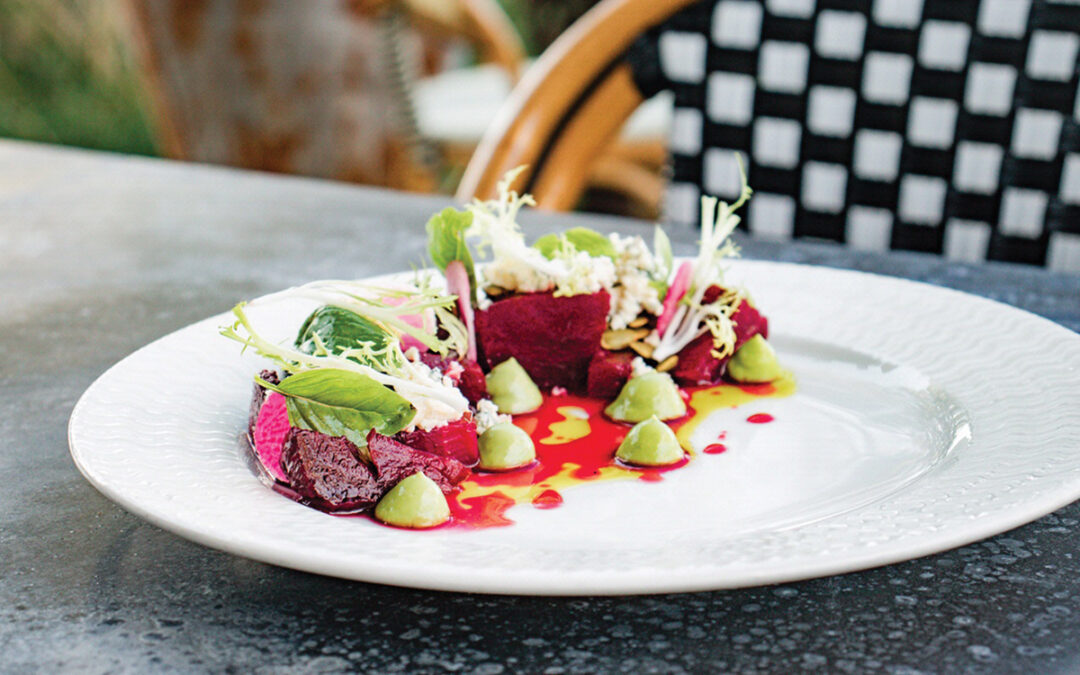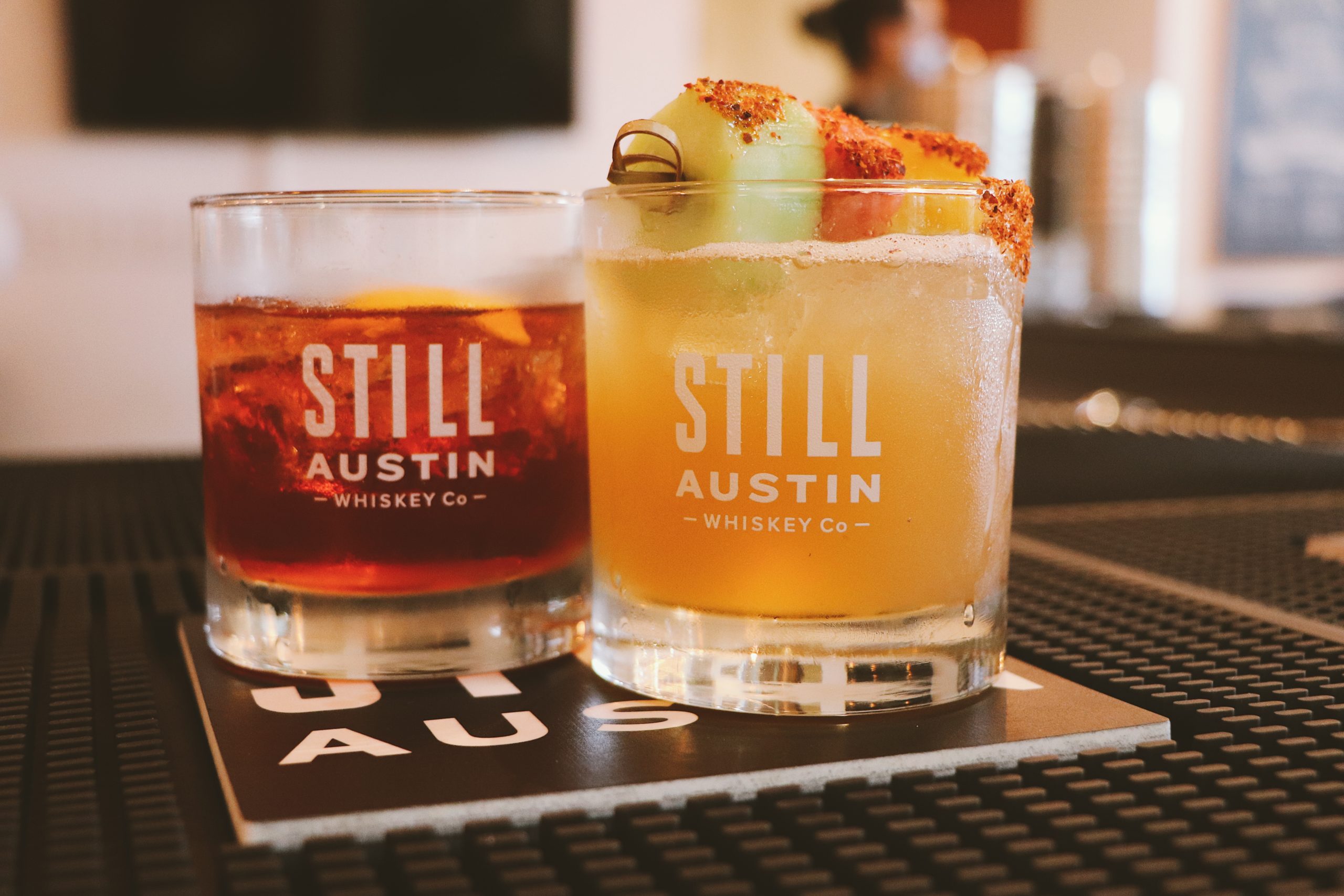It used to be, or so it seems, that chefs were content to live out their creative days at the helm of a single, successful restaurant — if not in relentless pursuit of Michelin stars, then at least in search of accolades from hometown critics and customers. No more; all the big boys are at least bicoastal, if they haven’t already gone global.
On a smaller scale, the urge to expand has hit San Antonio as well. Andrew Weissman used his critically acclaimed Le Rêve as a springboard for both Sip and The Sandbar — with even burgers on the future burner; Massimo Pallottelli has taken his talents downtown with Sage at the Fairmount; René Fernandez and Pierre Kranzle have launched an even more vibrant version of Azuca on Loop 1604 in the form of Pasión!; Damien Watel is opening a casual Belgian bôite called La Frite in Southtown, not to mention clones of Bistro Vatel (to be called Ciel) and Ciao Lavanderia way out north …
And Jason Dady, not content to remain cloistered in The Lodge at Castle Hills, has picked a far more casual location (little black T-shirt as opposed to strapless dress) hidden behind Artisans Alley to showcase an equally informal menu of small and large plates with a Mediterranean mien. A shaded patio complete with winter-worthy fireplace adds to the rustic appeal of the food — and is even to be preferred in mild weather to the attractive but often noisy interior dining rooms. It only takes a few enthusiastic diners to create a din, but the enthusiasm is at least generally well founded, especially in the “Wood Oven” and “Cotto” categories.
I’m particularly pleased when something as simple-sounding as grilled asparagus with an organic fried egg and pecorino romano turns out to be a surprise smash — no fancy prep here, just good ingredients treated with respect. The same is true of a grilled Texas quail served with pancetta accented and peppery rocket greens with a sherry vinaigrette; the combination may be calculated, but it all seems effortless. As is the grilled lamb merguez, a Moroccan-style sausage presented with more of those peppery greens, crisp lardons and mild summer peppers. Dady’s diver sea scallop (singular, not plural, as the menu implies) appears more obviously artful with its caramelized fennel-orange “nage,” but the seared scallop is the star regardless.
Variations on classic dishes may not always work as well, with the Salvadorean-style pork pupusa a case in point; the original’s pickled vegetable accompaniment seems to suit the shredded shoulder better than a fancy mango-mint salsa. And his rendition of a traditional tortilla española lacked the peasanty presence of the potato and egg classic.
From the cold side of the small plates menu, the lush, lump crab “napoleon” is positively Lucullan in its richness — though the name is a littleperplexing, there being no real layering of any interest.
The assorted bruschetta, on the other hand, all bombed — first by being too cold. A caramelized onion topping was cloying, mascarpone with dried cherry was bland, and tomato with a pesto sauce was merely indifferent.
But it’s hard to say enough good things about Dady’s take on the triedand- true pizza — just when you thought it had all been done before. A four-cheese model seems now to have made it onto the main, Wood Oven menu, but any of the daily inventions is to be anticipated for the masterful crust alone. The oven also seems to make magic with the Prince Edward Island mussels simply served with olive oil, lemon and parsley; like the pizza, they’re a revelation. Even shrimp, roasted with garlic, chili flakes and olive oil and served with grilled sourdough, take on a winning new personality.
Wine is an integral element in Dady’s casual concept — the place is called a restaurant and wine bar, after all. And the centerpiece of the list is a selection of 55 bottles for $55. Though there are good wines to be had at lesser (and greater) amounts on the rest of the list, if this price range seems suitable, then by all means explore it; we recently were happy with both a smooth and silky Valentine Bianchi cabernet from Argentina and a big and bold Masi Amarone Costrasera 2001.
We have been equally pleased in the past with the masterfully unpretentious grilled Tuscan-style ribeye with grilled vegetables and roasted garlic butter from the “grande Piastra,” or big plate, menu. But any kitchen can have off evenings, and such was the case recently with all of the big plate offerings sampled — or at least their sides.
The wood oven struts its stuff again with an herb-coated chicken — crusty yet moist and not the least timid in its earthy flavor. But the accompanying pan-seared gnocchi were merely pasty, and the caramelized cauliflower seemed more singed than slowly coaxed into a natural sweetness. Flavor is back to the fore with 555’s Kurobota (or Kurobuta) pork loin; the first thing you notice is the compelling crown of fat circling each cut. Kurobuta is a kind of Kobe-like phenomenon involving pigs taken to Japan by the British in the 19th century and now reappearing in the West at fancy prices — all because this is pork that hasn’t had the fat (and thus taste) bred out of it. Dady makes the most of it here, so much so that the accompanying potato gratin with manchego, saffron cream and chorizo paled utterly in comparison.
Dady’s crew also knows how to prod real taste out of often feckless, farmraised Atlantic salmon. Served with a salsa verde rustica, the salmon was both beautiful in its contrast of colors and firmly flaky in texture.
It’s now time to admit that I almost never have dessert at Bin 555, having already spent both serious calories and dollars in getting to that point. But I can recommend a blue cheese cheesecake with sour cherries should it be on the menu and you make it that far. Not excessively sweet, it tastes just as you expect it would — creamy yet earthy — and might make beautiful music with a glass of Port. Which we could also use as a discreet toast to ambitious chefs with an urge to expand their horizons.
Author: Ron Bechtol
Photographer: Vernon Wentz









0 Comments